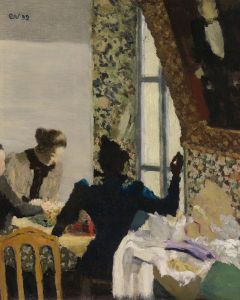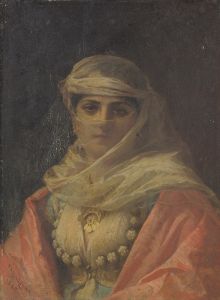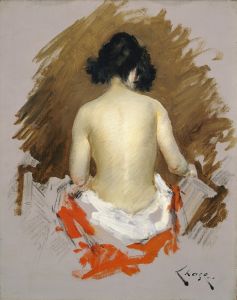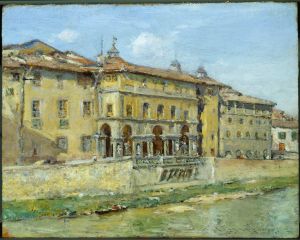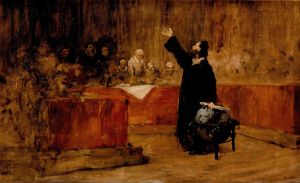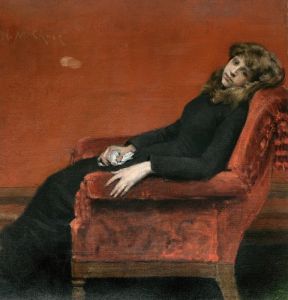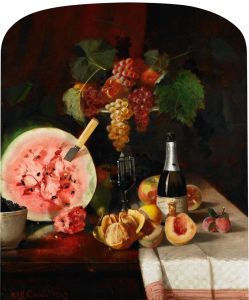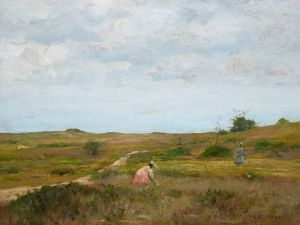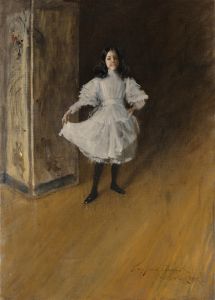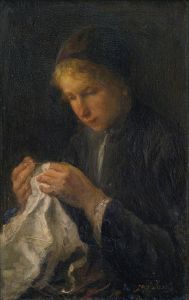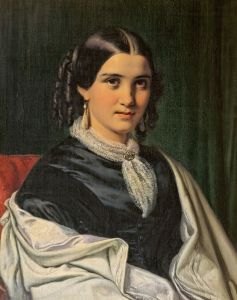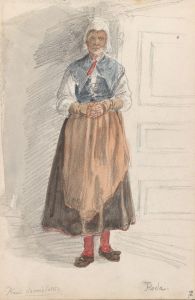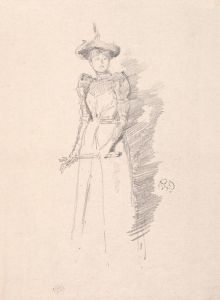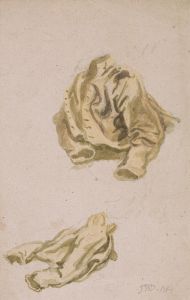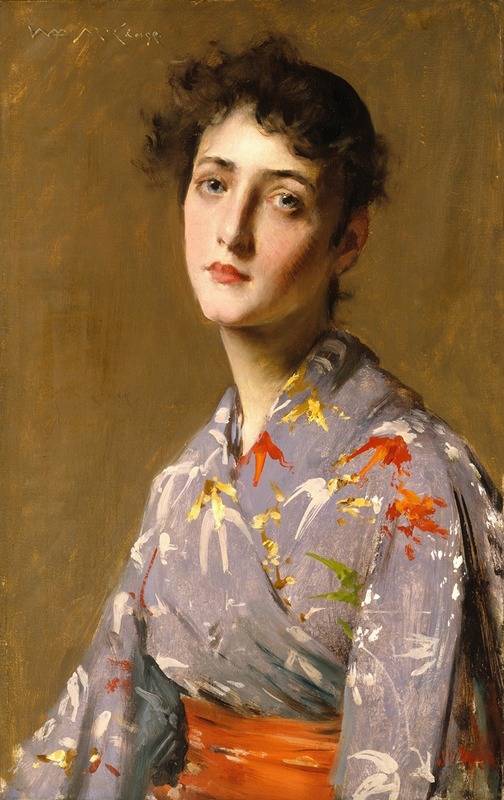
Girl In A Japanese Costume
A hand-painted replica of William Merritt Chase’s masterpiece Girl In A Japanese Costume, meticulously crafted by professional artists to capture the true essence of the original. Each piece is created with museum-quality canvas and rare mineral pigments, carefully painted by experienced artists with delicate brushstrokes and rich, layered colors to perfectly recreate the texture of the original artwork. Unlike machine-printed reproductions, this hand-painted version brings the painting to life, infused with the artist’s emotions and skill in every stroke. Whether for personal collection or home decoration, it instantly elevates the artistic atmosphere of any space.
"Girl in a Japanese Costume" is a painting by the American artist William Merritt Chase, created in 1890. Chase, a prominent figure in the American Impressionist movement, was known for his portraits, still lifes, and landscapes, as well as his role as an influential teacher. This particular work reflects Chase's interest in Japonisme, a trend in Western art during the late 19th century that drew inspiration from Japanese aesthetics and culture.
The painting depicts a young woman dressed in a traditional Japanese kimono, seated in an interior setting. The composition highlights Chase's mastery of color, texture, and light, as well as his ability to capture the intricate details of the kimono's patterns and fabric. The subject's pose and the surrounding objects suggest a contemplative and serene atmosphere, characteristic of Chase's portraiture.
Chase's fascination with Japanese art and design was part of a broader cultural movement in Europe and America during this period. Japonisme influenced many artists, including Claude Monet, James McNeill Whistler, and Vincent van Gogh, who admired the simplicity, asymmetry, and decorative qualities of Japanese prints and objects. Chase incorporated these elements into his work, often featuring Japanese artifacts, such as fans, screens, and textiles, in his paintings.
"Girl in a Japanese Costume" is an example of Chase's ability to blend Western painting techniques with Eastern influences. The work demonstrates his skill in rendering textures and patterns while maintaining a sense of harmony and balance in the composition. The painting also reflects the late 19th-century fascination with exoticism and the incorporation of non-Western elements into Western art.
The painting is part of the collection of the Brooklyn Museum in New York City. It remains an important example of Chase's exploration of cross-cultural themes and his contribution to the American Impressionist movement.





